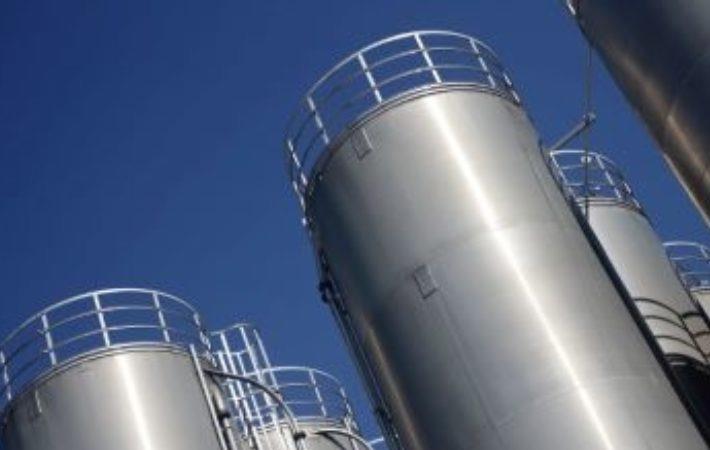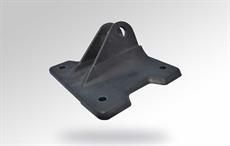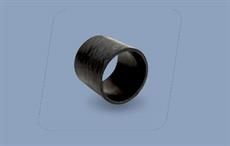The ThermoPlastic composites Research Centre (TPRC) in Enschede has completed ten years. TPRC has been a key player in the use of thermoplastic composites in the auto and aviation industries. Thermoplastic composites are super-light, strong, stiff materials that are sustainable and recyclable. Products constructed of these can be up to 40 per cent lighter.
Multinationals like Boeing, Toray Advanced Composites (previously TenCate Advanced Composites) and GKN Fokker are partners in the TPRC which started life as just a couple of researchers at the UT.The ThermoPlastic composites Research Centre (TPRC) in Enschede has completed ten years. TPRC has been a key player in the use of thermoplastic composites in the auto and aviation industries. Thermoplastic composites are super-light, strong, stiff materials that are sustainable and recyclable. Products constructed of these can be up to 40 per cent lighter.#
“Composites make up a growing part of our world, though we are often unaware of them. The cars we drive and the aircraft we fly in use increasing amounts of this ‘futuristic material’. They already make up half of a Boeing 787 Dreamliner, and they are likely to play an increasingly important role in the debate on CO2 emissions and fuel savings,” TPRC said.
Thermoplastic composites are super-light, strong, stiff materials that are also sustainable and recyclable. Products constructed of these materials can be up to 40 per cent lighter than those generally used in cars and aircraft, and this yields great benefits. Nevertheless, many manufacturers still have no ‘feel’ for the material; experience with steel, for instance, does not transfer one-to-one to composites. “So the manufacturers come to us,” explains Harald Heerink, general manager of TPRC since 2011. “We’ve now grown into an international consortium of 22 members who we help with research, training, testing and production. The unique thing about it is that the entire value chain is represented. Knowledge institutes, materials suppliers, machines and parts, the aviation and car industries – they’re all involved.”
The first important milestone that TPRC celebrated was the opening of its own lab at Kennispark Twente in 2012. In this high-tech facility TPRC operates its own forming press, an advanced fibre placement machine, injection molding machines, various laboratory technologies, and test benches. “The lab turned TPRC into much more than just a network; our members make full use of it,” says Heerink.
Research and engineering at TPRC gathered real momentum only three years ago. “The large aircraft manufacturers indicated that they want to employ thermoplastic composites on a large scale, so they need help of the suppliers. Large American companies, such as Spirit AeroSystems and Collins Aerospace, major Tier 1 suppliers of the aviation industry, were quick to join the TPRC. Our membership model is unique in the world of thermoplastic composites: members pay a membership fee for five years, so they commit themselves strongly to working with us and with each other.”
In technological terms, too, TPRC is a world leader in the design of virtually faultless parts. “It’s called ‘virtual manufacturing’,” explains Heerink. “It makes the design process more predictable, and this was the last hurdle we needed to clear. It means that it can be shown, at an early stage in the design process, whether a component is manufacturable. Its application meets the two most important demands of the auto industry: weight reduction and cost reduction. Remember that a large injection mold sometimes costs more than a million euros, so a faultless production process is essential to manufacturers and suppliers.”
Heerink expects TPRC to keep growing. “Expanding the consortium will remain important for the industrial application of thermoplastic composites. The aviation industry can sometimes be rather hesitant about adopting innovations. What’s happening now is remarkable, but we need to expand further. The focus is also increasingly being placed on recycling, we have already implemented a number of successful projects. We also expect wider application in other products such as professional bike frames.”
Fibre2Fashion News Desk (SV)


